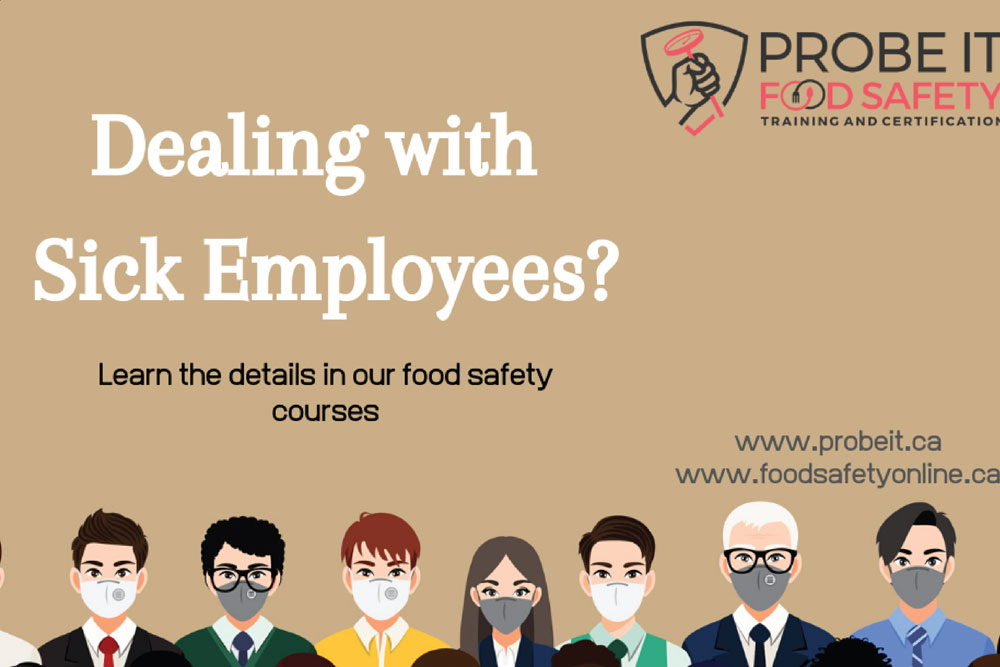Dealing with Sick Employees

Lately, the importance of having a plan for sick employees has been greatly emphasized and brought to the forefront. Generally, and to a greater extent now with the outbreak of COVID-19, the workplace should practice a safe plan when managing sickness.
The first step to dealing with sick employees is to already have a written policy in place. It is better to be prepared and have a plan set beforehand in order to take proper action when presented with the occurrence of a sick employee. Along with having a policy, make sure your employees are fully aware and understand it, to ensure no surprises. Your employees should take it upon themselves to report their sickness and have the right to know information like policies regarding sick pay. A qualified workplace coordinator should also be put in charge of the plans put into place.
If an employee does call in sick, have them provide their estimated date of return. Usually, you would ask for evidence of sickness, but during these times it is important to send employees home as soon as they feel like they are sick and show slight symptoms that may be COVID-19. This is why it is important to update your policy to fit the current circumstances.
It is highly important to keep in contact with your sick employee during their absence. This is for them to provide information about anyone who they have come in contact with at work, or any areas that need to be disinfected and, of course, to inquire about their well-being. The FDA recommends waiting 24 hours before disinfecting the areas the employee had come into contact with, if possible. They also recommend to allow air circulation in the area, reasonably within the food safety regulations.
During your employee’s absence, ensure you are keeping proper records. This includes any records of meetings and correspondence with the employee. You should also keep records of any actions plans set into place once the employee is healthy enough to return. The return of your employee is in consultation with a health professional and a wellness assessment must be performed.
It is also important to note, due to the times we find ourselves in today, a daily wellness assessment should be performed. To further prevent the spread of COVID-19 in your workplace, employers should check temperatures before allowing their employees to enter. If a temperature below 38 degrees Celsius or 100.4 degrees Fahrenheit is present, the employees should still self-monitor in case there are any changes.
To be well-informed of the responsibilities of employees and management regarding to satisfy legal requirements and the best practices, be sure to sign up for one of our food handler courses today.
Related Posts
3 Advantages of Food Safety Training
Food safety training is a crucial aspect of keeping your business afloat. There are many…
Read More >>3 Benefits of National Food Safety Training Program
Food establishments are held at a higher standard by the government, especially by national health…
Read More >>How You Can Apply for Food Safe Level 1
Are you looking for a way to obtain a Food Safe Level 1 online certification?…
Read More >>